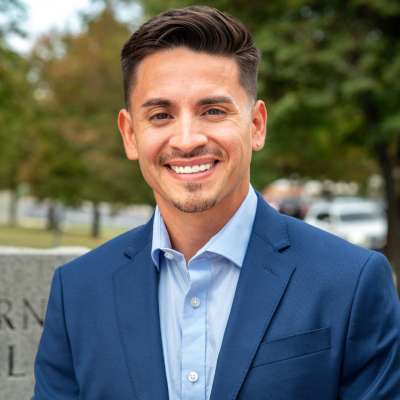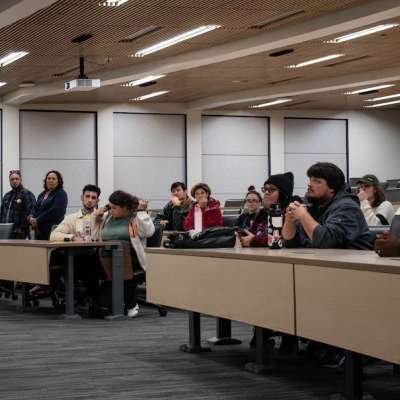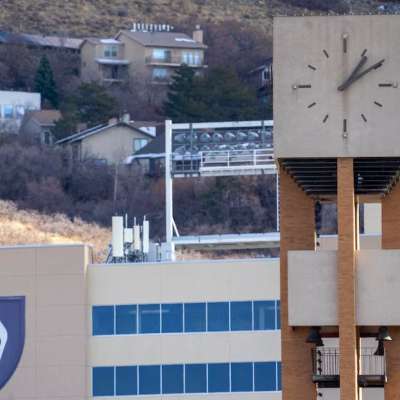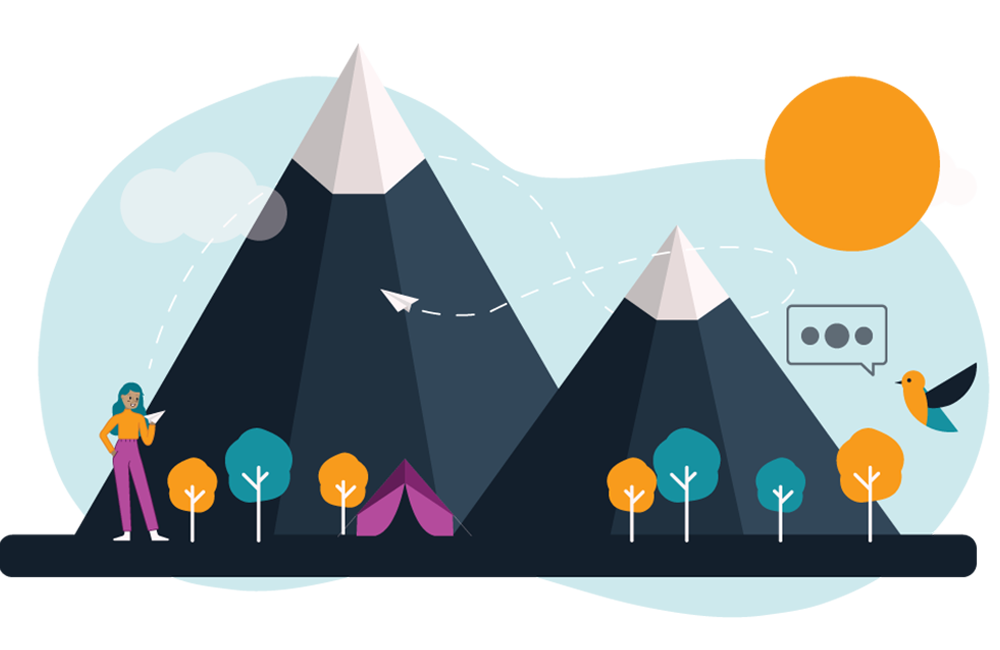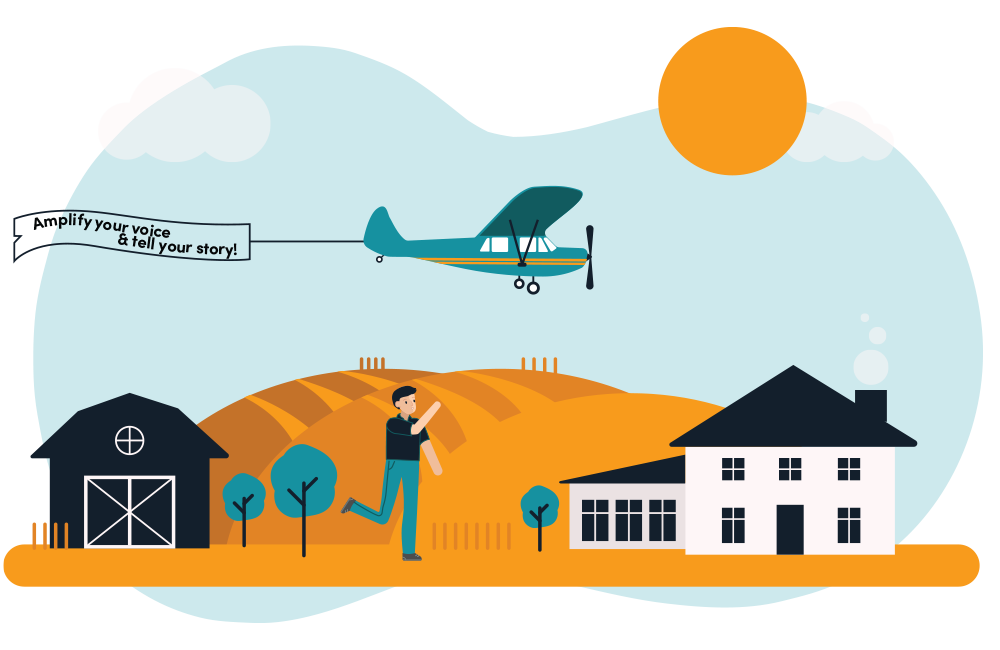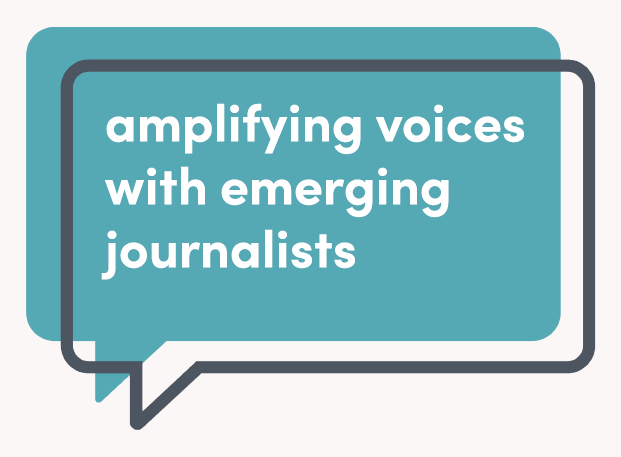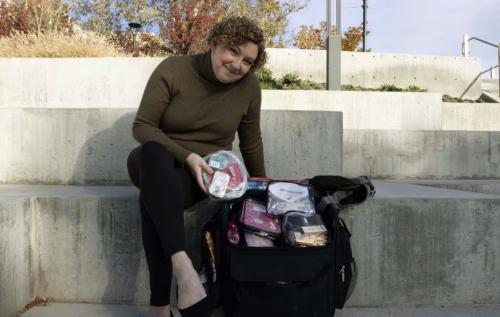In a cloud of smoke and people, money exchanges hands, and turbochargers spool and whistle. Despite quick growth across the valley, track closures and a recent enforcement push by the Salt Lake City Police Department, street racing, as a hobby, remains unchanged.
People race in the streets “because we don’t have a track,” said Shawn Atkin, who primarily races on Utah’s freeways late at night. “Fast cars aren’t going to go away because we don’t have a track.”
Street racers say they have been forced to find alternatives for racing as the Salt Lake Valley’s population swells, turning once-quiet roads into busy thoroughfares and dangerous places to hold their contests. In response to a surge in calls between 2020 and 2021, combined with legislation for stronger penalties for street racing, police have tried to curb gatherings but say racers and spectators tend to scatter to other venues, such as the canyons or highways.
With the 2017 closure of Rocky Mountain Raceway, some racers moved to the streets, stuck in a cat-and-mouse game with law enforcement. From 2020 to 2021, Salt Lake Police Department have seen a 476% increase in service calls.
While street racing isn’t anything new, with small outcroppings of automotive enthusiasts taking part, it has been ramping up in intensity since the closure of RMR, as well as the pandemic beginning, authorities say.
“This has been an issue with the department for a long time,” said Det. Michelle Peterson of the Salt Lake City police. She did not provide specific numbers for street racing severity and frequency.
Racing has migrated, Peterson said, from controlled environments like race tracks to the uncontrolled environment of streets, primarily around Salt Lake City’s industrial areas in the Pioneer Division, with the patrol headquarters located at 1040 West 700 South.
“Obviously, street racing impacts businesses, and people being able to get in and out of the business, because the roadway is blocked,” Peterson said.
The population of Salt Lake County has grown by nearly 160,000 people over the last 12 years, from 1,032,997 in 2010, to 1,186,421 in 2021. With that population growth comes an expansion to the western and southern reaches of the Salt Lake Valley, bringing businesses and traffic to what was once an oft-overlooked part of the area.
Fast and furious
There are a myriad of car hobbies in America that are linked with racing, and that link has endured as long as there have been cars. Across America, grassroots race tracks, like Utah’s Rocky Mountain Raceway, shuttered for reasons ranging from lack of revenue to noise complaints from real estate developers and residents of new buildings.
Not all car enthusiasts believe people race on streets because of a lack of a track, however. Shannon Manning, an attendee at a November car community meetup — where owners will showcase their cars and buy, sell, or exchange merchandise and parts — said he believes the recent crackdowns by police are understandable, due to the often contentious showcasing that can happen at such events, even if enforcement interferes with the hobby.
“It’s pretty reasonable, [but] a lot of people end up putting themselves into that situation.” he said.
Legislative crackdown
In March 2022, Gov. Spencer Cox signed SB53, which amended the state’s reckless driving laws to include some speeding violations.
The most significant change is the amendments to street racing penalties, such as “allowing the seizure of a vehicle that is not street legal that is engaged in a speed race,” as well as providing a “minimum fine for a speeding violation where the individual was traveling at a speed of 100 miles per hour or more.”
The bill had bipartisan support. The bill’s sponsor in the Utah Senate was Sen. Jani Iwamoto, D-Salt Lake City. The sponsor on the House side was Rep. Ryan Wilcox, R-Ogden.
Iwamoto, who left the Legislature in December, said that while safety concerns were the focus of the bill, local businesses also reported property damage and other crimes related to pop-up speed racing events.
“It was really interesting to learn about what risks there were and the impact to businesses,” she said.
Wilcox did not respond to requests for comment.
Peterson said the law, which went into effect in May, has already had an effect. “We’ve already seen a decrease [in racing] and increase in the [penalties] for when you’re participating, when you’re there to watch and/or participate,” she said. “There is a more severe penalty, and that has been a deterrent for sure.”
Showcasing leading to arrests
Still, attendees are getting even more likely to behave erratically and put themselves in danger, as showcased in posts by influencers with tags such as #streetrace and #takeover. This further drives banter on social media platforms and channels competing for likes and shares,.
As events grow in popularity, so too does the contention among attendees regarding who is fastest, most stylish or most willing to show off, such as holding street races or drifting on public roads, with the most bold driver gaining notoriety, a following and potentially cash prizes.
“Kids nowadays, they really don’t know what it was like,” Manning said. “It’s a matter of who [is the most bold] at the end of the day.”
Not every car meet-up turns into a street racing event, however. Most involve dozens of people gathering in such places as parking garages and public parking lots. There, they share stories, talk about their cars or why they got into the automotive hobby.
“Police should just let them do their thing. I get it when they say there’s street racing and all, but it’s not [everyone]. It’s just the people that don’t think, don’t care about the car community,” said Dan De La Rosa, who attended a meet-up on Nov. 11.
With the recent push for police enforcement, combined with the shutdown of race tracks such as Rocky Mountain Raceway, police departments have consistently been relying on reactive policies to enforce driving laws, and with that comes the potential need for collaboration among police, racers, and tracks looking for funding.
“I can’t really speak to that, all I know is that the roads that we’re talking about, in the city, are not designed for racing,” Peterson said. “As far as where it can happen, that’s kind of beyond my deal, but it cannot happen in the city.”
Alexander Campbell wrote this story as a journalism student at Salt Lake Community College. It is published as part of a new collaborative including nonprofits Amplify Utah and The Salt Lake Tribune.
###
NOTE TO MEDIA PARTNERS PUBLISHING WORK
We also request organizations include the following text either at the beginning or end of the story text :This story is jointly published by nonprofits Amplify Utah and [Your Media Organization's Name] to elevate diverse perspectives in local media through emerging journalism. Alexander Campbell wrote this story as a journalism student at Salt Lake Community College. For more stories from Amplify Utah, visit amplifyutah.org/use-our-work.







